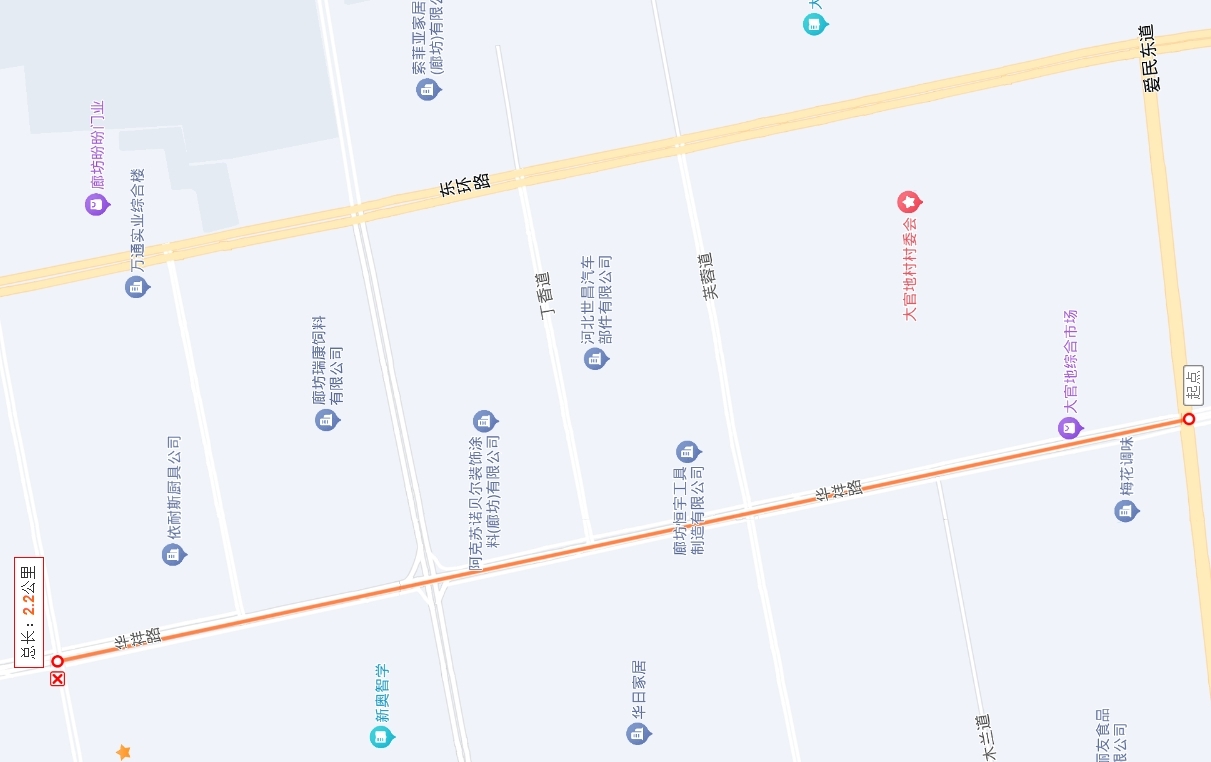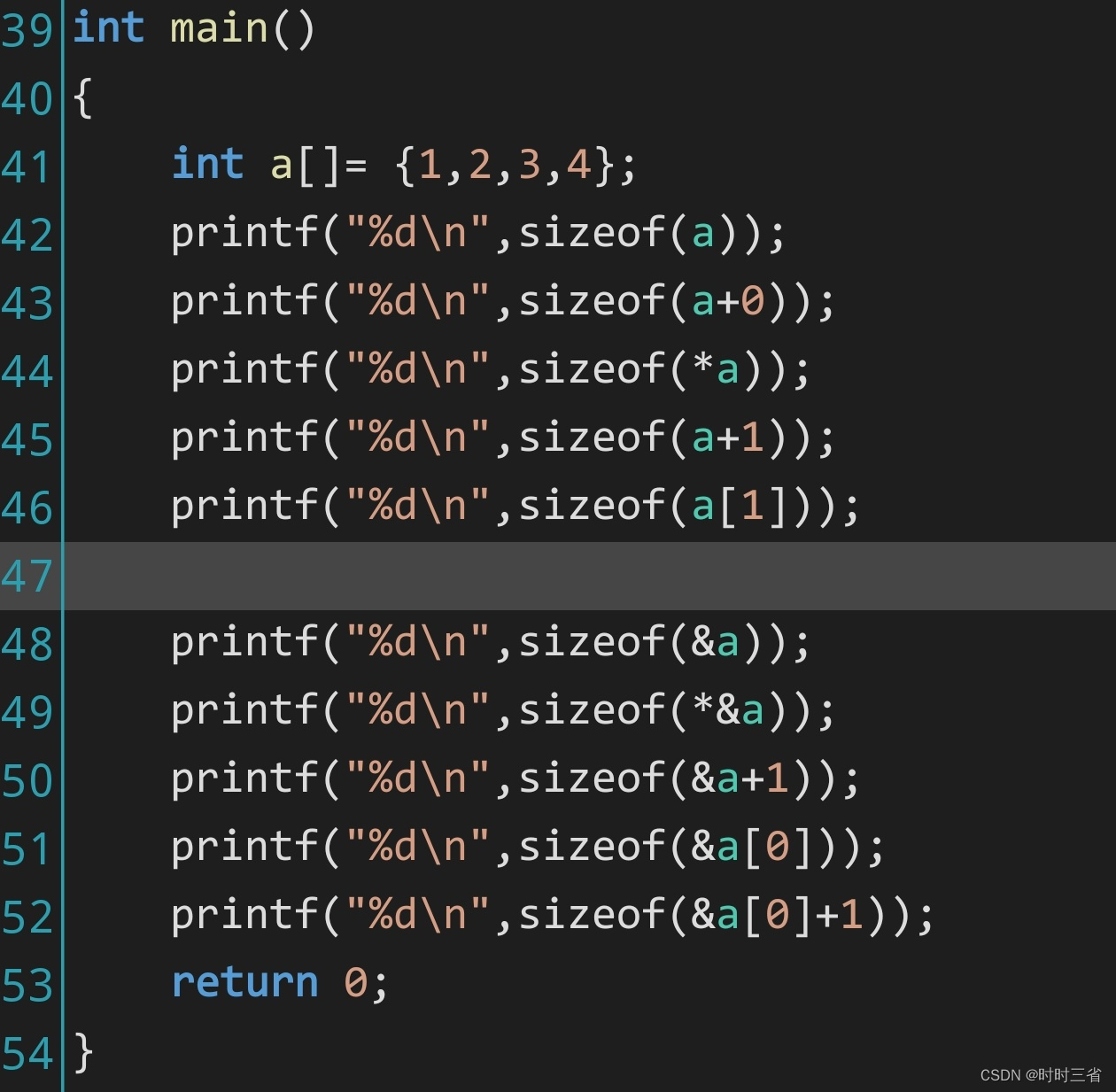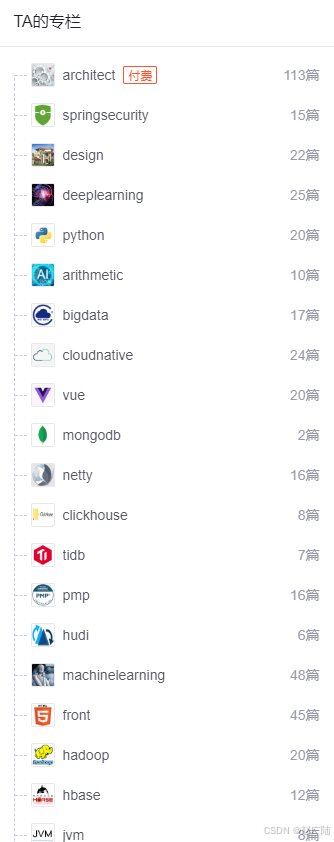链表算法题2
- 1.返回倒数第k个节点
- 思路
- 解析
- 2.链表的回文结构
- 思路
- 解析1(空间复杂度不符合)
- 解析2
- 3.相交链表
- 思路
- 解析
1.返回倒数第k个节点
OJ链接

思路
有点像高中学的相对位移
利用快慢指针,开始时都指向头节点,然后让快指针先走k步,再让两个指针同时走,直到快指针走到 NULL ,返回慢指针的数据就行
解析

typedef struct ListNode lsnode;
int kthToLast(struct ListNode* head, int k){
lsnode* slow=head,*fast=head;
while(k--)
{
fast=fast->next;
}
while(fast)
{
fast=fast->next;
slow=slow->next;
}
return slow->val;
}
2.链表的回文结构
OJ链接

思路
回文的意思就是轴对称,也就是里面的数据呈轴对称就是会文结构
解析1(空间复杂度不符合)
可以把链表里的数据全放到数组中,然后判断数组是否是回文就行

bool chkPalindrome(ListNode* A) {
// write code here
//if(A==NULL)
//return NULL;
int arr[900];int i=0;
ListNode*purc=A;
while(purc)
{
arr[i++]=purc->val;
purc=purc->next;
}
int left=0;
int right=i-1;
while(left<right)
{
if(arr[left++]!=arr[right--])
{return false;}
}
return true;
}
解析2
按部就班的判断链表是否是回文结构
那么就要先找链表的中间节点,然后从中间节点把链表分为两部分,把后部分逆置和前部分进行比较就行


ListNode* midnode(ListNode*head)
{
ListNode* slow=head;
ListNode* fast=head;
while(fast && fast->next)
{
slow=slow->next;
fast=fast->next->next;
}
return slow;
}
ListNode*nizhi(ListNode*head)
{
ListNode*l1=nullptr,*l2=head,*l3=head->next;
while(l2)
{
l2->next=l1;
l1=l2;
l2=l3;
if(l3)
l3=l3->next;
}
return l1;
}
bool chkPalindrome(ListNode* A)
{
// write code here
//先找中间节点
ListNode*phead=A;
ListNode* mid = midnode (phead);
//然后逆置第二部分
ListNode* newhead=nizhi(mid);
//然后比较,直到两个有一个为空
while(A && newhead)
{
if(A->val != newhead->val)
return false;
else
{ A=A->next;
newhead = newhead->next;
}
}
return true;
}
3.相交链表
OJ链接

思路
先把两个链表长度对齐,然后同步遍历
解析
typedef struct ListNode lsnode;
struct ListNode *getIntersectionNode(struct ListNode *headA, struct ListNode *headB)
{
lsnode*l1=headA,*l2=headB;
int sizea=0;int sizeb=0;
while(l1)
{
sizea++;
l1=l1->next;
}
while(l2)
{
sizeb++;
l2=l2->next;
}
//计算a和b的长度,让长的先走差值步,到同一起点上
int gap=abs(sizea-sizeb);
if(sizea < sizeb)
{
lsnode*plong= headB;
lsnode*pshort=headA;
}
lsnode* plong = headA;
lsnode* pshort = headB;
while(gap--)
{
plong=plong->next;
}
//开始比较
while(plong && pshort)
{
//这里比较地址,如果比较值得话有问题
if(plong == pshort)
{ return pshort;}
plong=plong->next;
pshort=pshort->next;
}
return NULL;
}


















